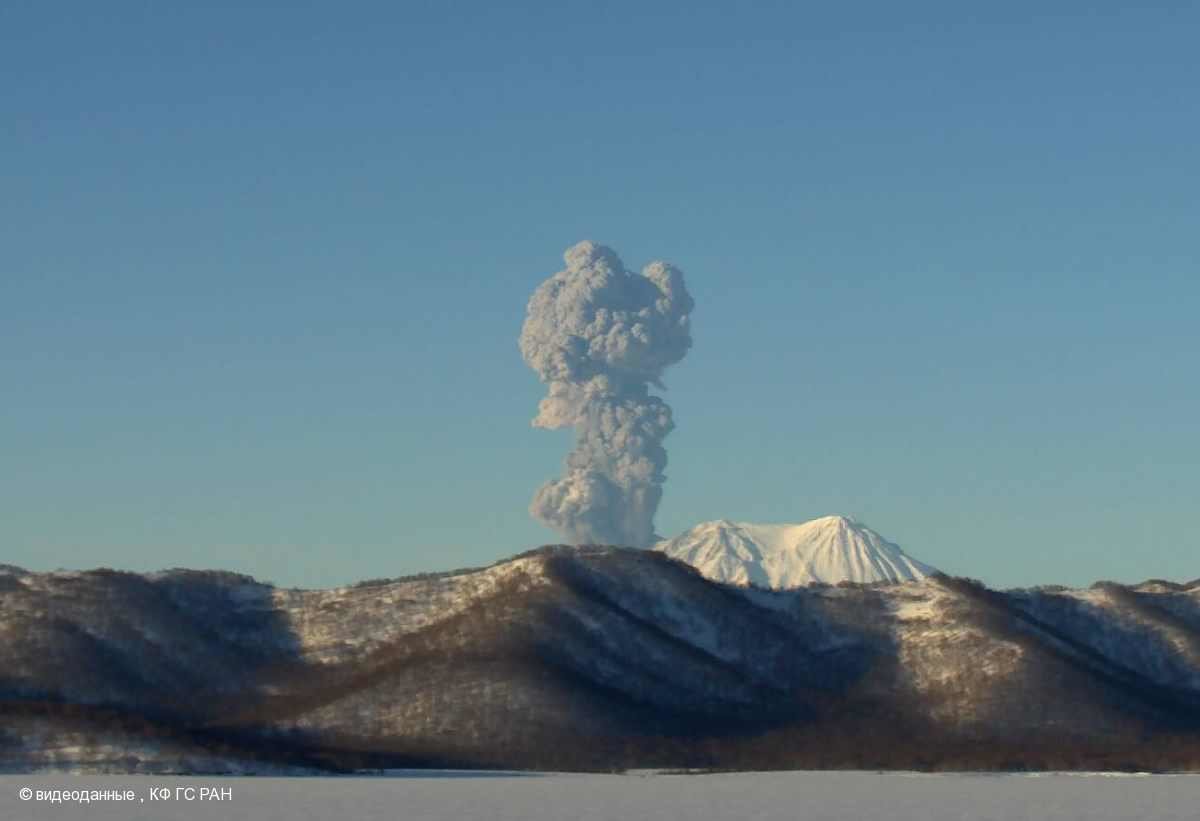
An "orange" code of warning for the aviation has been issued, and travel companies have been asked not to organize tours to the areas close to the Zhupanovsky volcano
The Zhupanovsky volcano in Russia's Far Eastern Kamchatka Peninsula on Tuesday released ash to the height of 8 kilometers above the sea level after almost two months of relative calm, a member of the local group of the Institute of Volcanology and Seismology has said. "Today at around 4.30 p.m. local time [3.30 a.m. GMT] the Zhupanovsky volcano spewed ash to the height of up to 8 kilometers [5 miles] above the sea level.
The ash column could be seen with the naked eye from Petropavlovsk-Kamchatsky and some other settlements," the scientist said. Experts said the ash cloud spreads in the eastern direction towards the Pacific Ocean. The populated areas are currently not under threat. "At the moment, the ash cloud has spread to 20 kilometers and it continues moving towards the ocean," the member of the group said. An "orange" code of warning for the aviation has been issued.
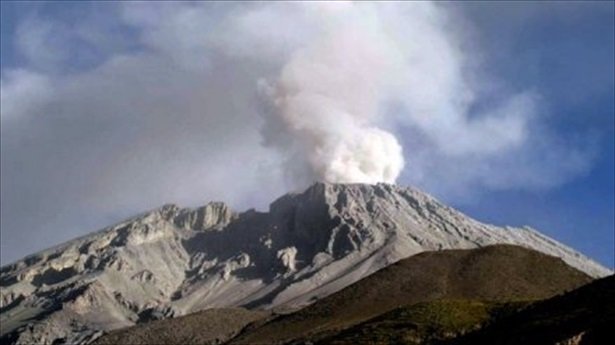
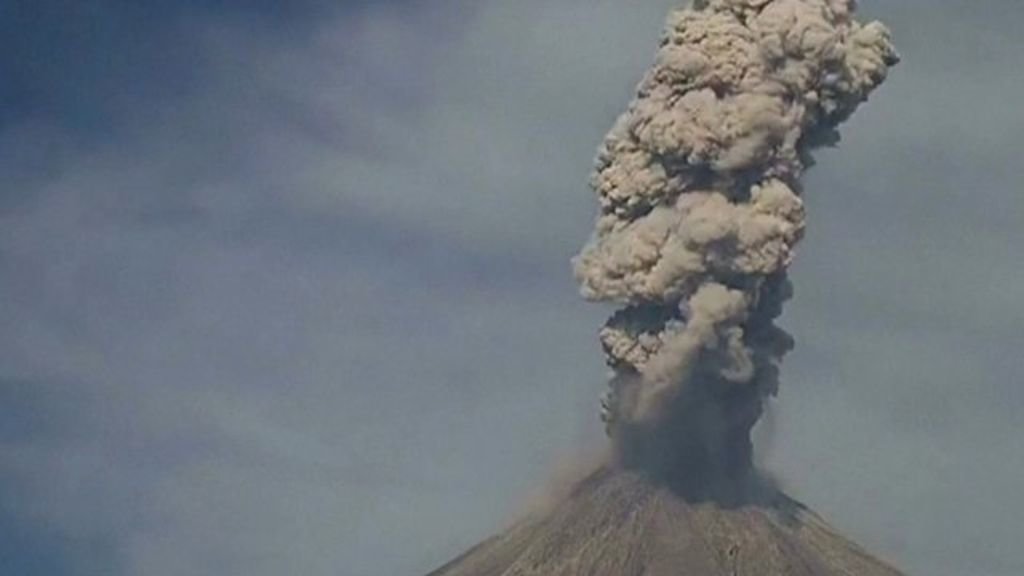
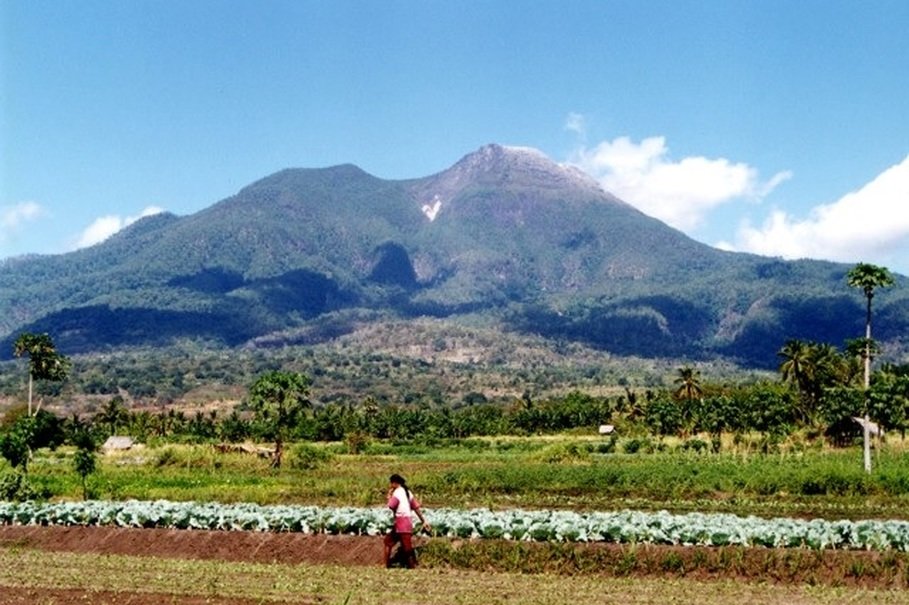
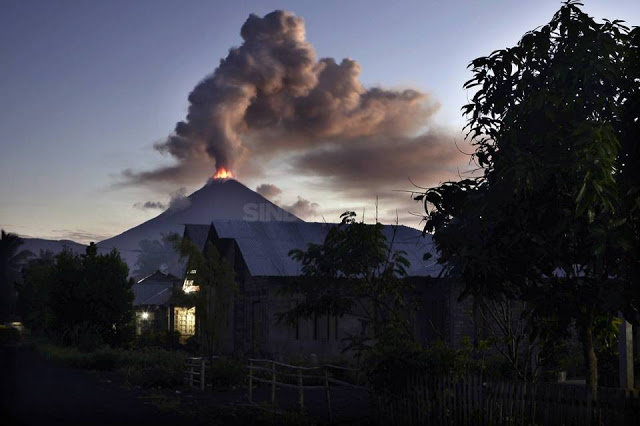
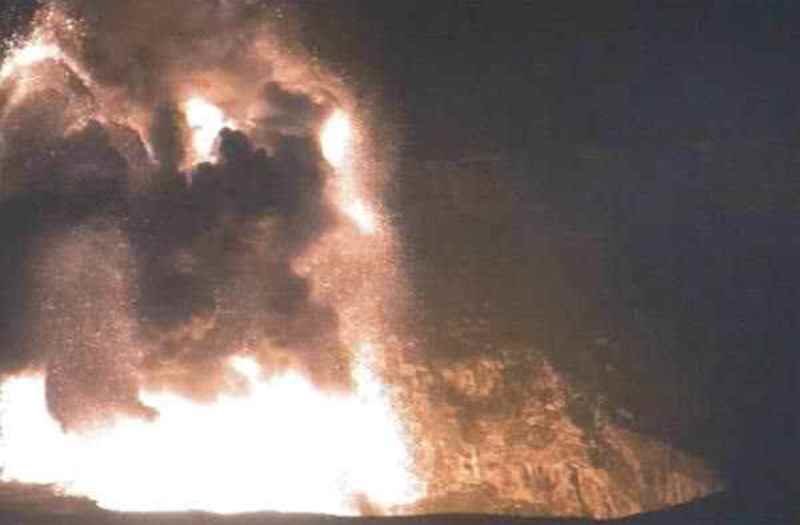
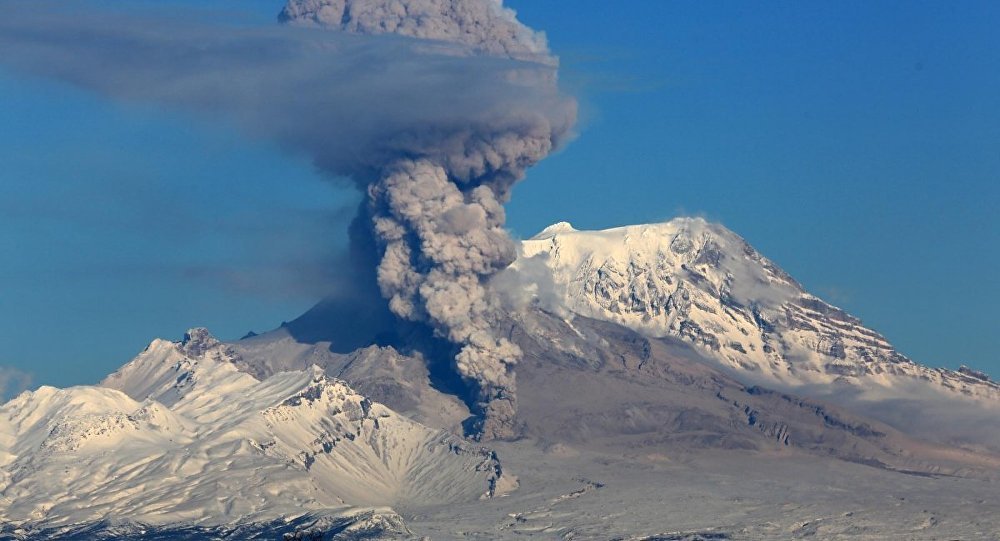
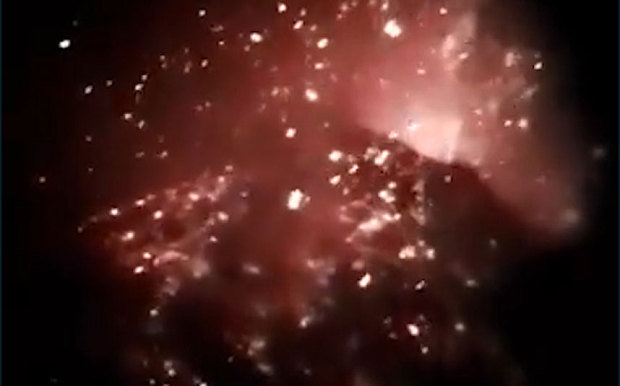
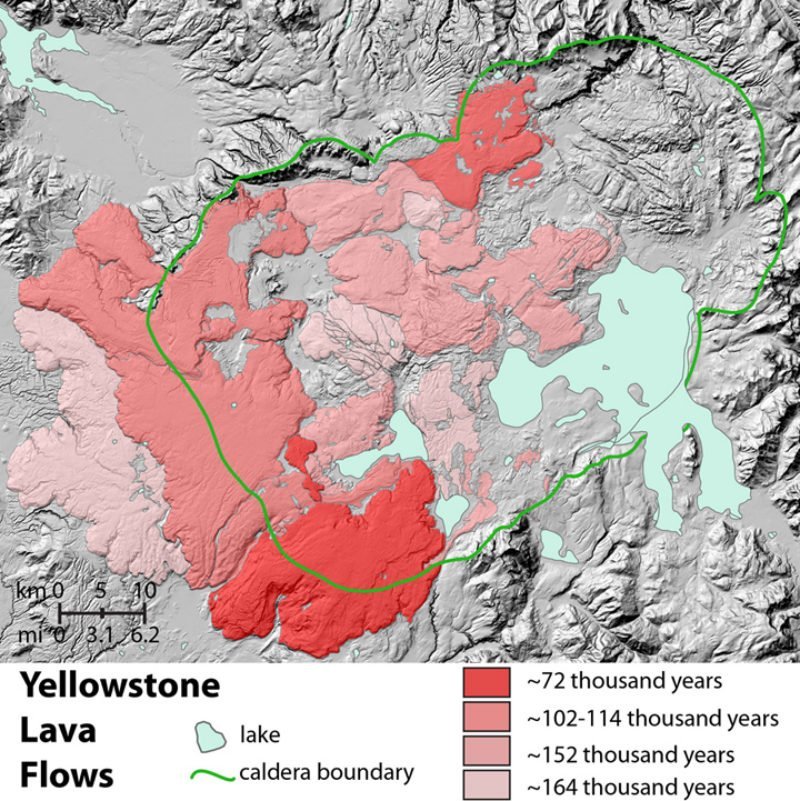
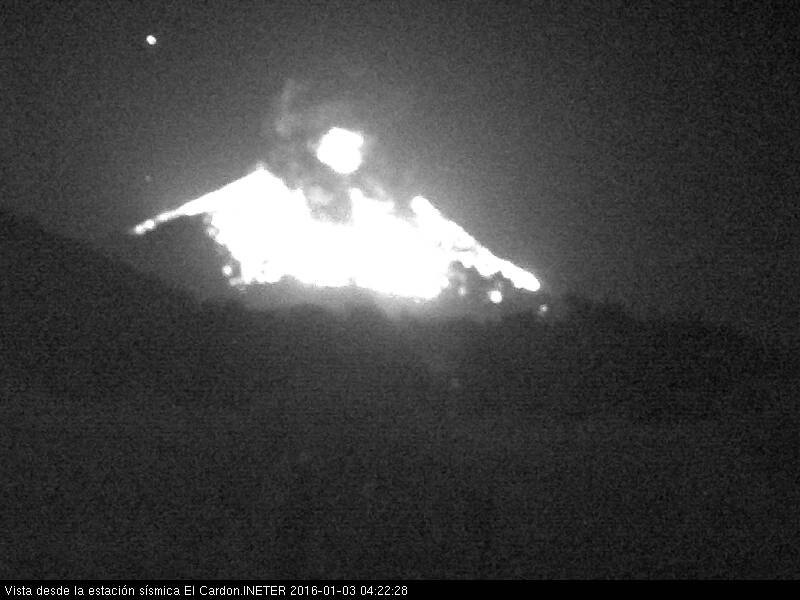



Comment: Fuego volcano in Guatemala; increased activity, strombolian explosions, pyroclastic flow